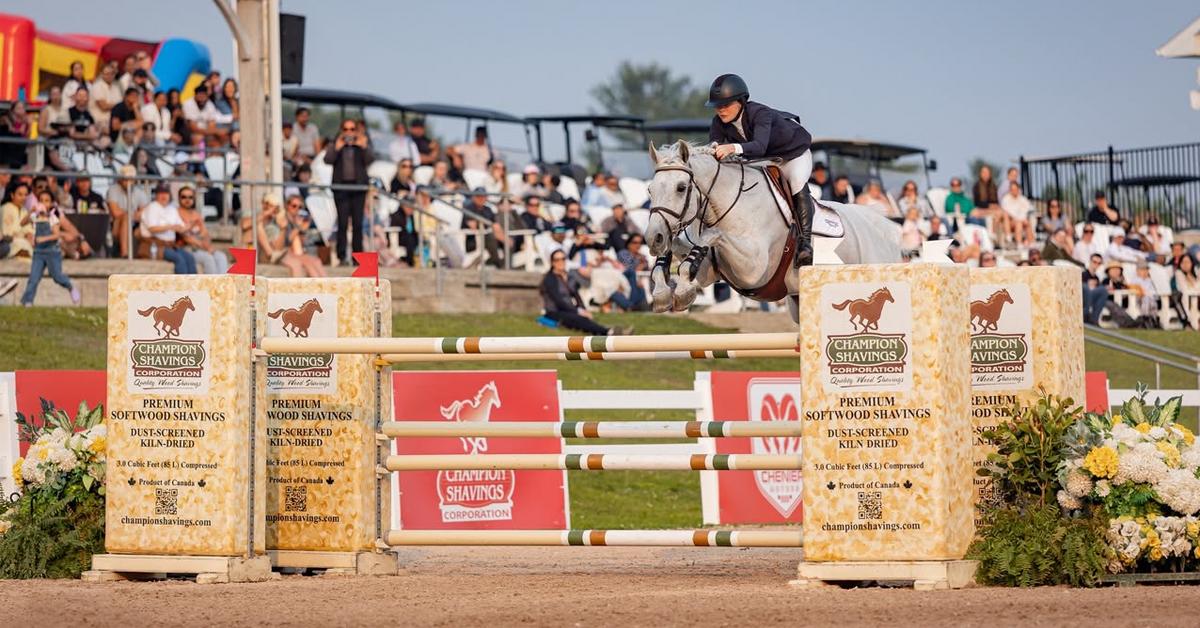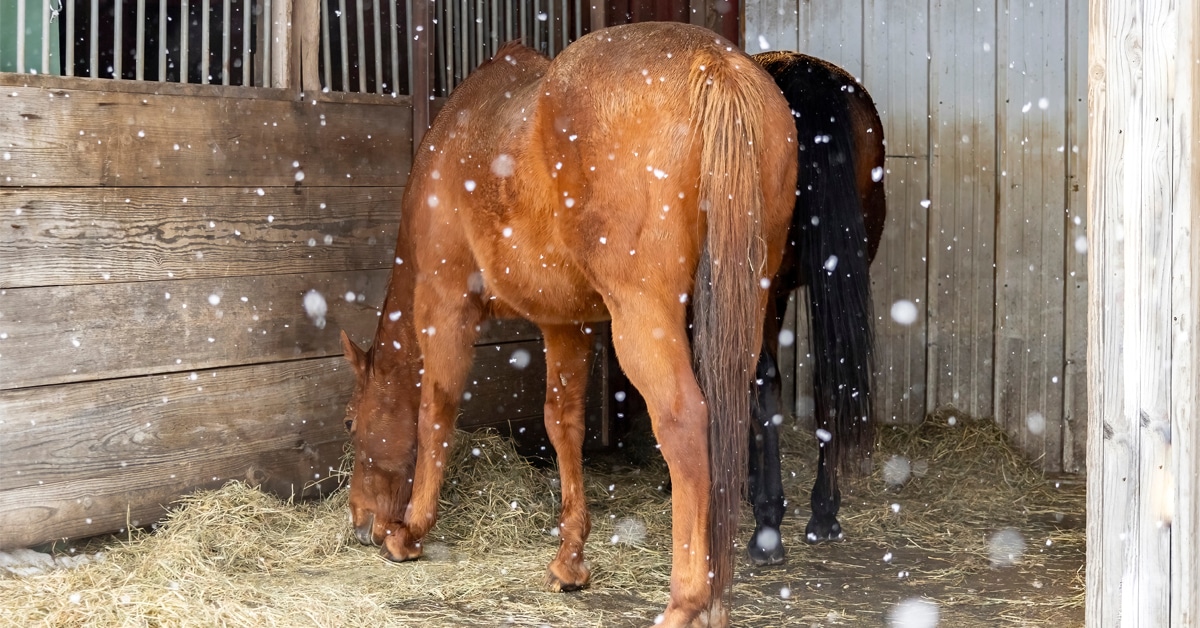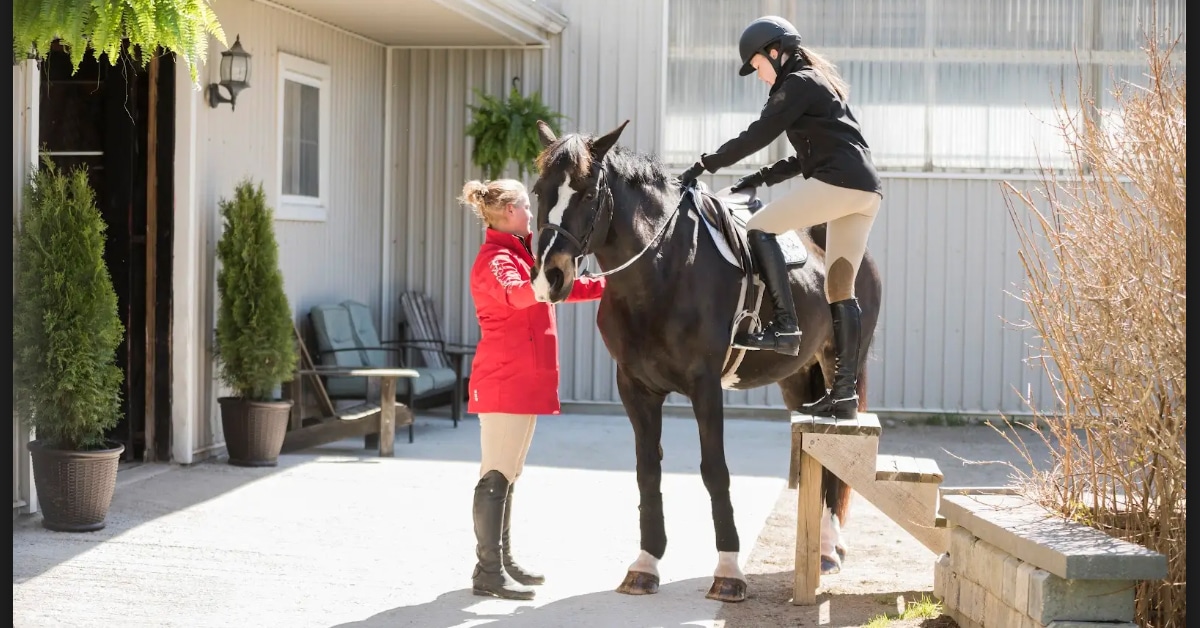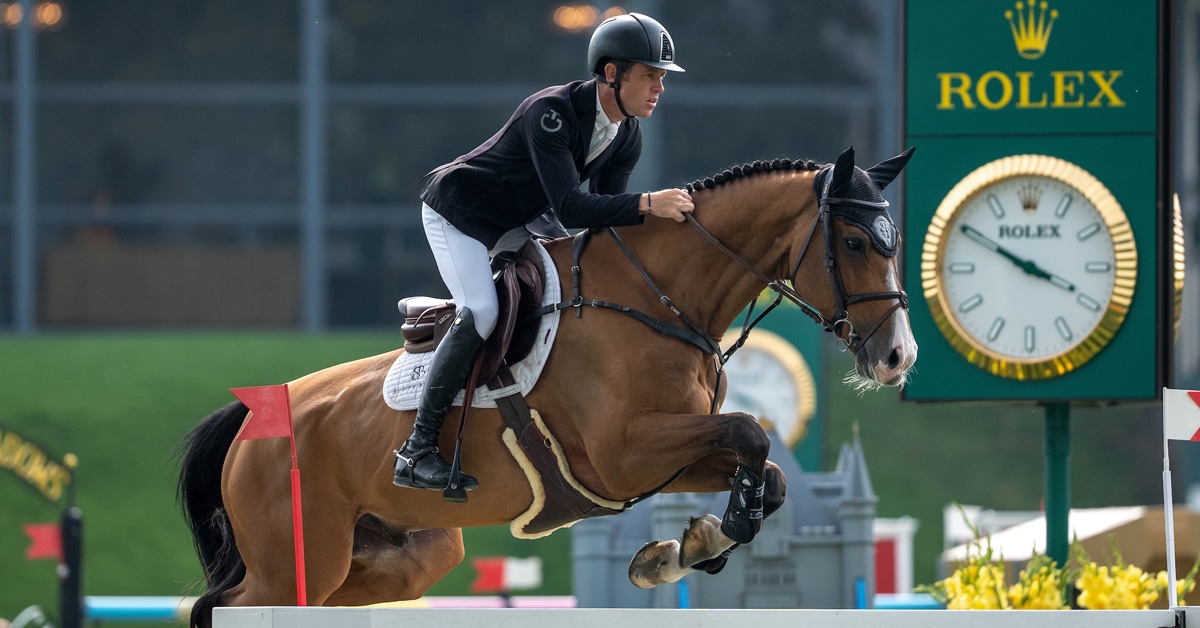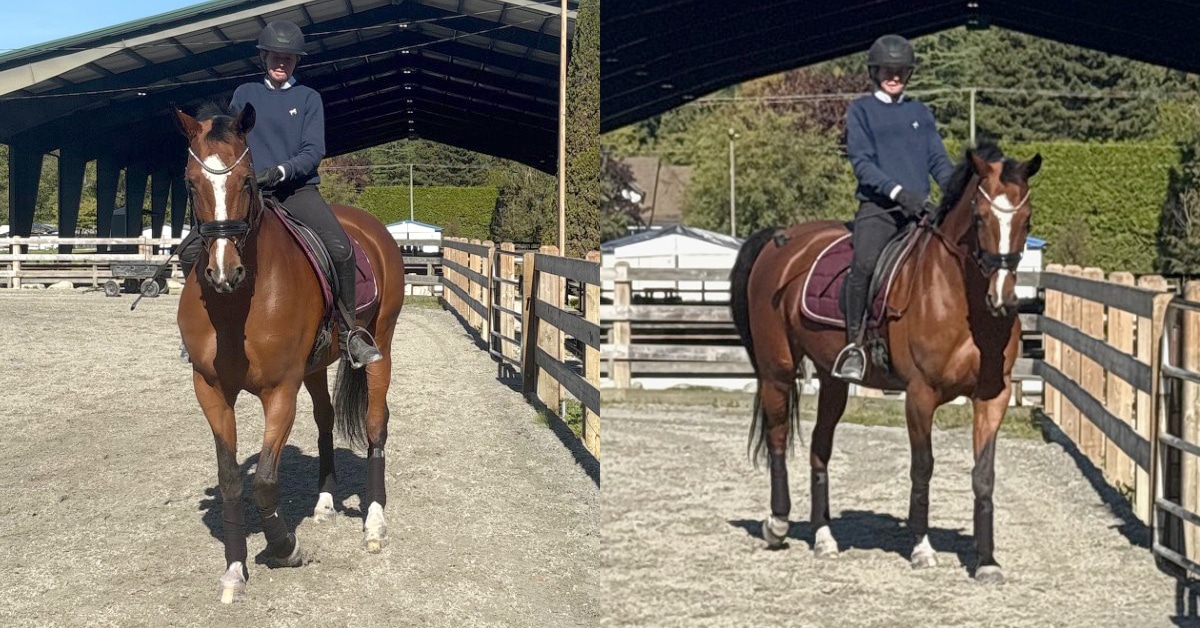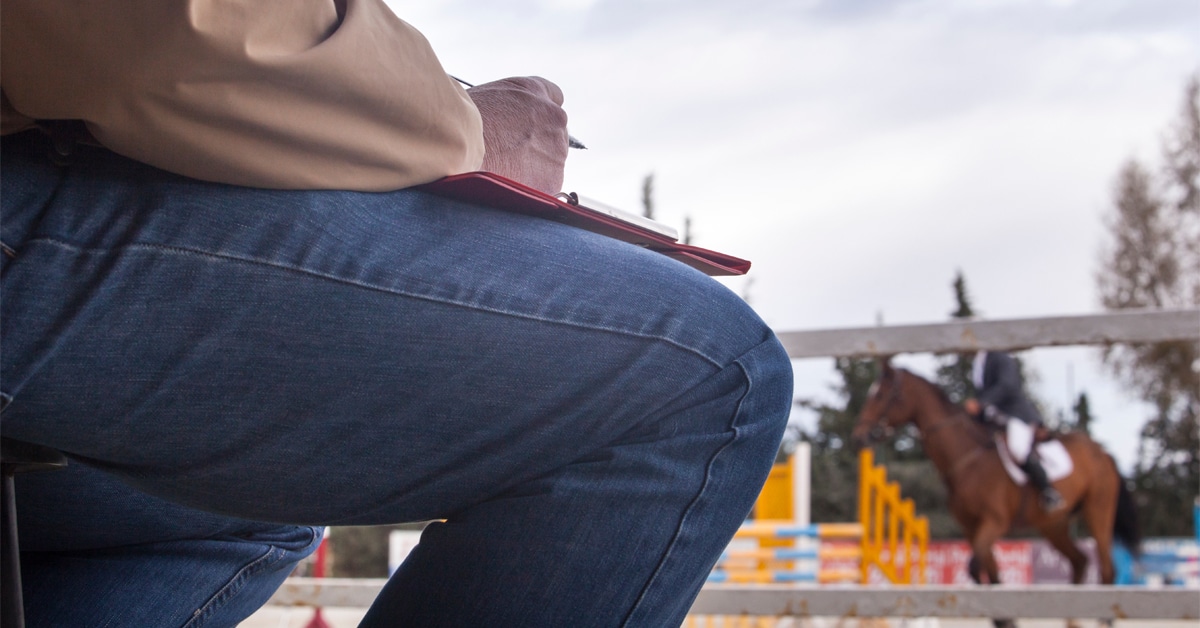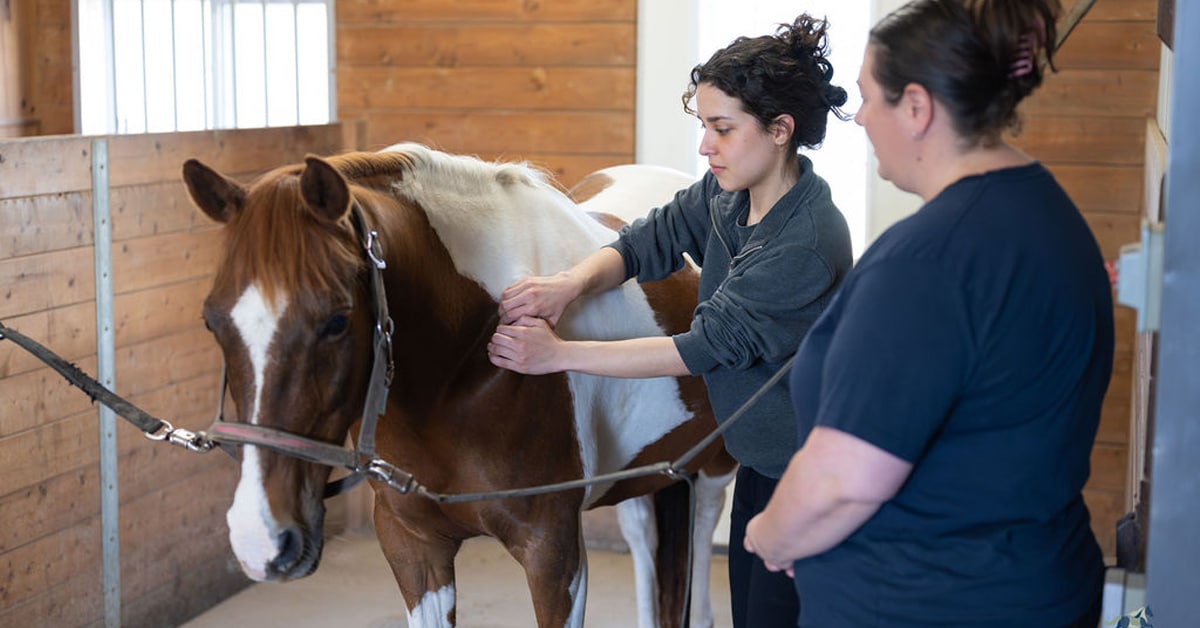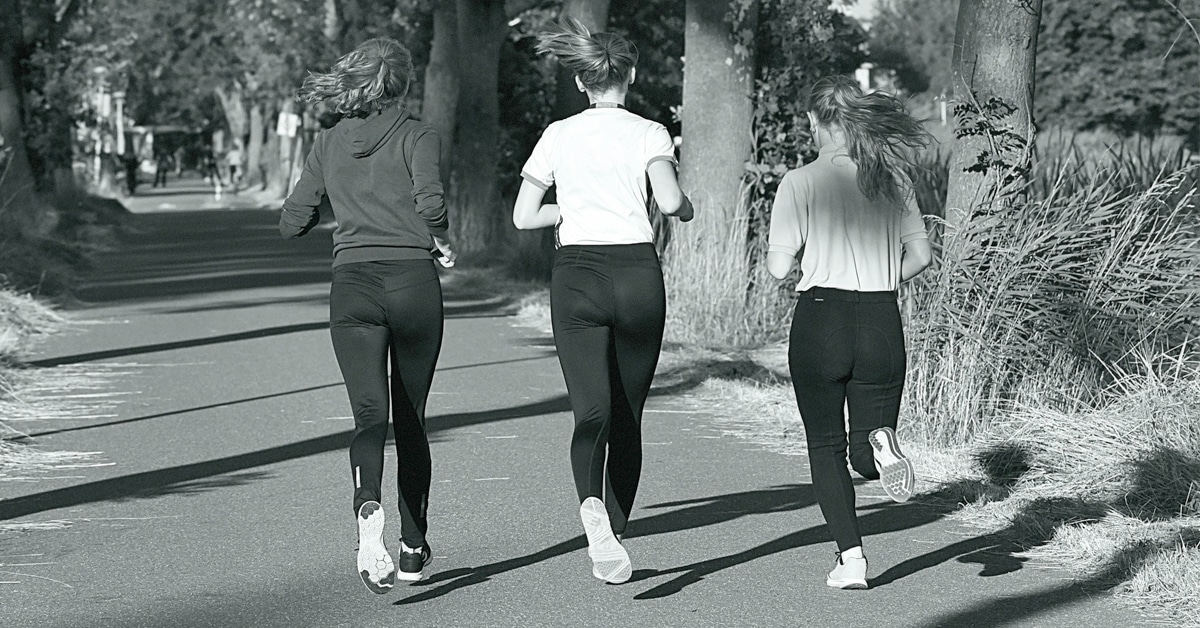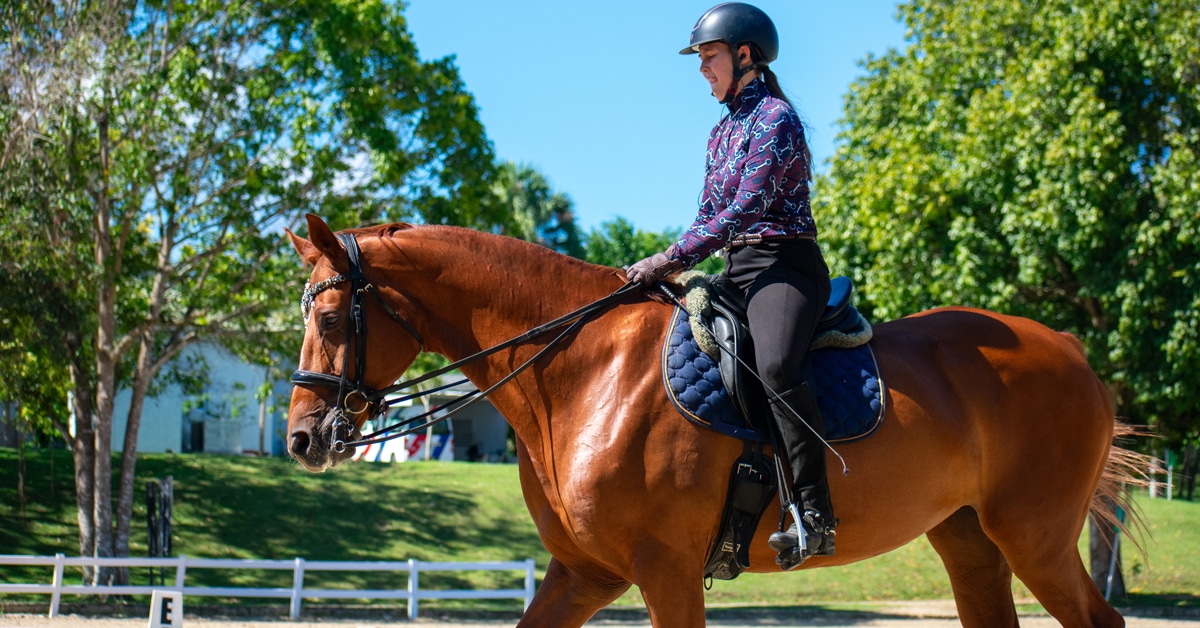Success in dressage requires more than just technical skill and physical conditioning: it demands mental clarity, focus, and presence. Mindful practice and effective mental preparation can enhance your performance, deepen your connection with your horse, and improve your overall riding experience. Here’s how you can integrate these techniques into your training routine.
1. Set Clear Intentions
While you are grooming and getting tacked up before each ride, take a moment to set a clear intention. This could be as specific as “improving the accuracy of my 20-meter circles” or as broad as “maintaining soft and steady contact throughout the ride.” Setting an intention provides focus and prevents your mind from wandering.
Over the course of a week, have a plan sketched in your mind, whether it is getting ready for competition or just for your everyday ride. This plan can be done on any ride during the week, with no pressure to have to complete tasks daily. Rather, over the course of a week, a month, or even a few months, you can work through the tasks in your plan.
2. Practice Deep Breathing
Nerves, tension, and distractions can interfere with effective riding. Incorporate deep breathing exercises before and during your ride to stay grounded and relaxed. Try the 4-7-8 breathing technique or square breathing while you start your first walk around the arena. This can be while walking in hand or while in the tack.
Riding version of 4-7-8 breathing technique:
- inhale through your nose for 4 walk strides
- hold your breath for 7 strides
- exhale through your mouth for 8 strides, making a gentle “whooshing’ sound
(Interesting note: the 4-7-8 breathing technique is commonly used to help people fall asleep in minutes!)
Riding version of square breathing technique:
- inhale through your nose for 4 walk strides
- hold your breath for 4 strides
- exhale through your mouth for 4 strides
- hold your breath for 4 strides
Square breathing can be used easily at all gaits, working in combination with establishing rhythm and relaxation in the horse as you warm up in trot and canter. Many studies have shown that as the rider relaxes and deepens their breathing, the horse will mirror the rider.
These simple breathing exercises helps calm the rider’s nervous system, fostering better focus and relaxation. The better the rider can stay present, and deepening the harmonious partnership between horse and rider.
3. Visualize Success
Mental imagery is a powerful tool. In preparation for your ride, spend a few minutes visualizing yourself and your horse performing the desired movements with ease and precision.
When preparing for a dressage test and memorizing the pattern of the movements, try to engage as many sensations of riding as possible. For example, imagine the feel of your best trot, the lightness and accuracy of a perfect centre line. Be specific about many details during your visualization practice. Imagine the arena you will be riding in, what the flowers look like, where the judge’s booths are positioned, background music, bystanders, as many details as possible. Visualization helps build muscle memory and boosts confidence. Studies have shown that this kind of mental practice is as valuable as actual practice sessions.
One thing to note, however: your mind will try to trick you into making mistakes or having the same issues you do while riding! When this happens, imagine you are watching a video. Stop the moment your mind takes you on the wrong path, rewind, and repeat the moment as perfectly as possible. This includes when anything changes with your breathing, relaxation level, or emotions.
4. Reflect After Each Ride
Mindful practice doesn’t end when you dismount. Take the time while you untack and put away your horse and equipment to reflect on what went well ‒ and what could improve.
Keep a journal. Journaling observations helps track progress and maintains a positive, growth-focused mindset. In your journal, include your goals, your progression towards goals, and other interesting things that happen. This can be done with a notebook, or there are training apps to help with journaling and tracking progress along with other noteworthy occasions such as vaccinations, vet and farrier visits.
5. Try Not to Sweat the Mistakes
Dressage is hard, and it’s a life-long journey with many different destinations for different people. Each horse and rider is on a different path and there is no doubt there will be mistakes, lumps and bumps along the way. Mistakes are an inevitable part of learning, but try to approach these challenges with curiosity rather than frustration. Reframe thoughts like “I can’t get this right” to “I haven’t mastered this yet, but I’m improving with practice.”
6. Treat Yourself with Kindness
Comparing ourselves to others is inevitable, but often not very productive. As a sport, the dressage rider is ‘judged’ in competition subjectively, which can also be hard to digest when compared to others, but also when compared to how we did last time or last year. Be aware of your own self-criticism and your own self-talk. Be kind to yourself while you are on your own journey. As long as you are learning and growing, then you can do and be better.
After competition, take a day to reflect on how the show went, whether it was amazing or a disaster or anything in between. Once this day is over, make a plan for your next ride, your next week, leaving the competition and self-talk behind. Writing all of this in your journal can be a good way to focus your thinking forward rather than into the past.
7. Incorporate Mindfulness into Your Riding Journey
Dressage riders spend a lifetime of learning and growing. By adopting one, some, or all of these mindful practices, you can enhance your focus, reduce performance anxiety, and build a deeper bond with your horse. Remember, mental preparation is just as essential as physical training!
The Latest
